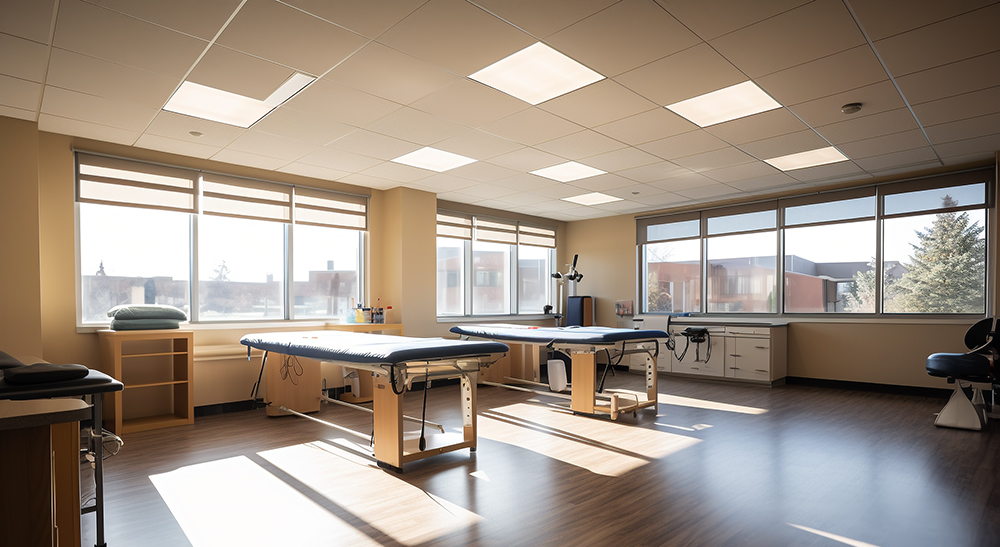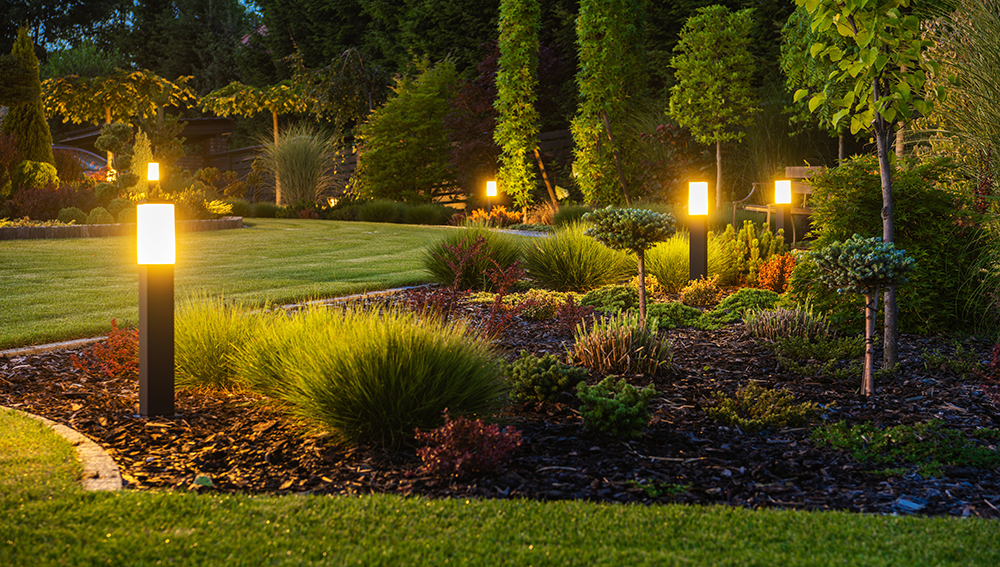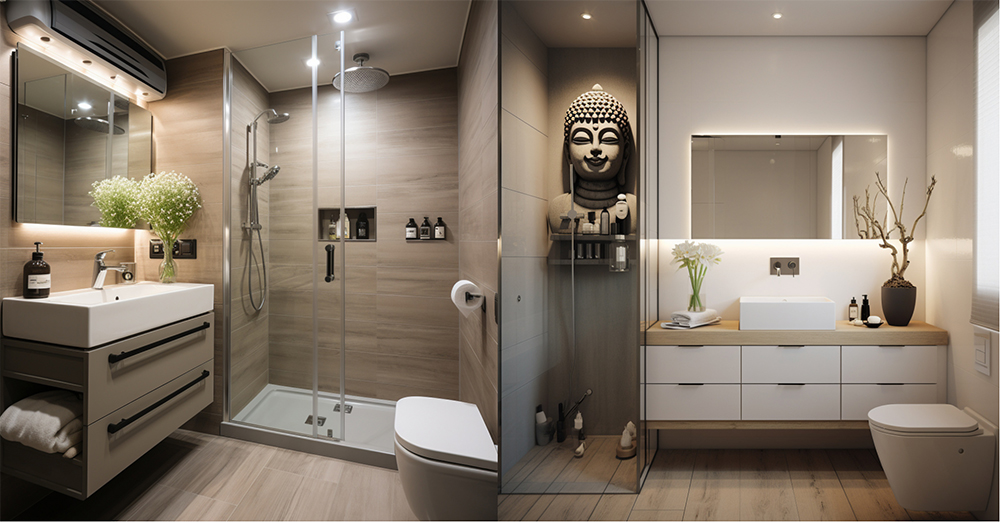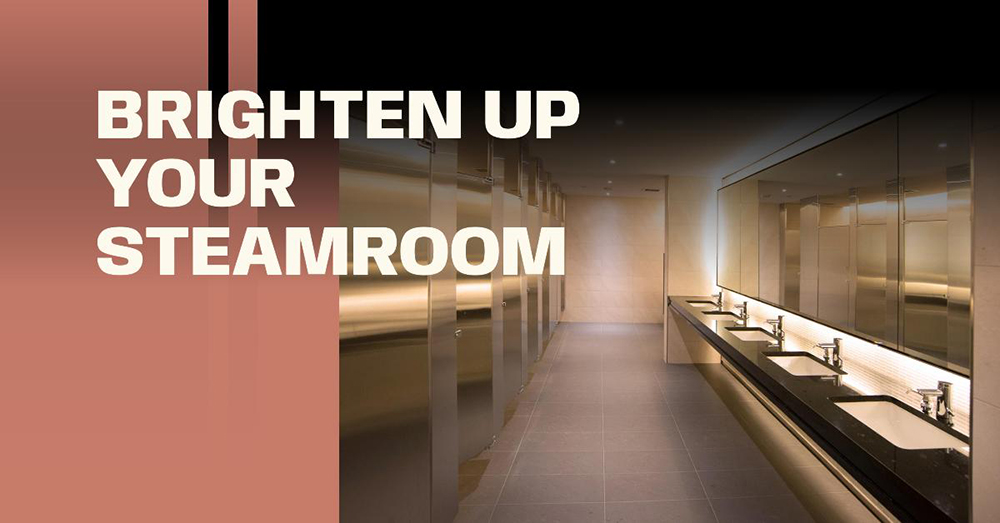Lighting culture is a term that refers to the study and appreciation of light and its effects on human perception, mood, behavior, and well-being.
The using purpose of light color
On different occasions, lighting color also has special usage meanings, such as red lighting color temperature in China festivals represents luck, happiness, and celebrating, while in some special environments, red lighting color represents emergency, danger, and caution. For one more example, the green light represents sustainability on some occasions.
What Is The Lighting Color Related To?
Lighting culture is related to a wide range of fields and disciplines, including architecture, interior design, urban planning, art, theater, film, and psychology, among others. This is because lighting has a significant impact on the visual and sensory experience of a space, as well as on human perception, behavior, and well-being.
In architecture and interior design, lighting plays a critical role in creating functional and aesthetically pleasing environments. Lighting designers work closely with architects and interior designers to develop lighting schemes that enhance the visual appeal of a space, while also meeting practical requirements such as energy efficiency and user comfort.
For example, the interior design like the school classrooms and working offices, where always have enough lighting for students and workers to keep a positive attitude to study and work.
In urban planning, lighting is used to enhance the safety and security of public spaces, as well as to create a sense of identity and community. Lighting designers and urban planners work together to develop lighting strategies that meet the needs of different users and stakeholders, while also taking into account environmental considerations such as light pollution and energy consumption.
For example, the urban design of street lighting systems can be designed to reduce light pollution by directing light only where it is needed, rather than allowing it to spill over into neighboring areas. This can help to reduce energy consumption and operating costs, while also improving the quality of life for nearby residents.
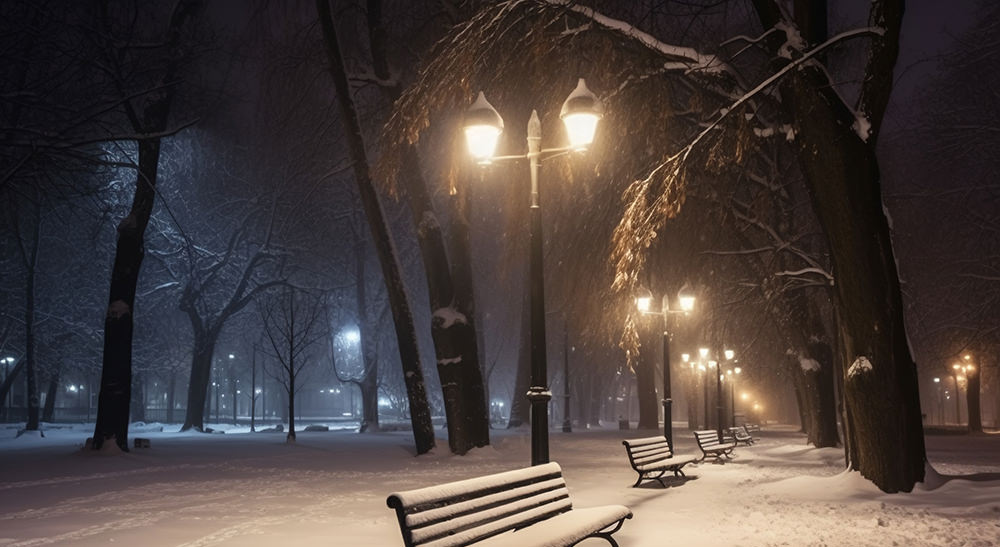
In art, theater, and film, lighting is used to create mood and atmosphere, as well as to emphasize form, color, and texture. Lighting designers and directors collaborate to develop lighting schemes that enhance the visual and emotional impact of a performance or exhibition.
For example, in the art exhibition, it’s important to highlight how the artworks are perceived, interpreted, and appreciated by the viewer. Lighting should not be too bright or too close to the artwork, as this can cause damage. Additionally, UV filters can be used to protect delicate artworks from harmful UV radiation
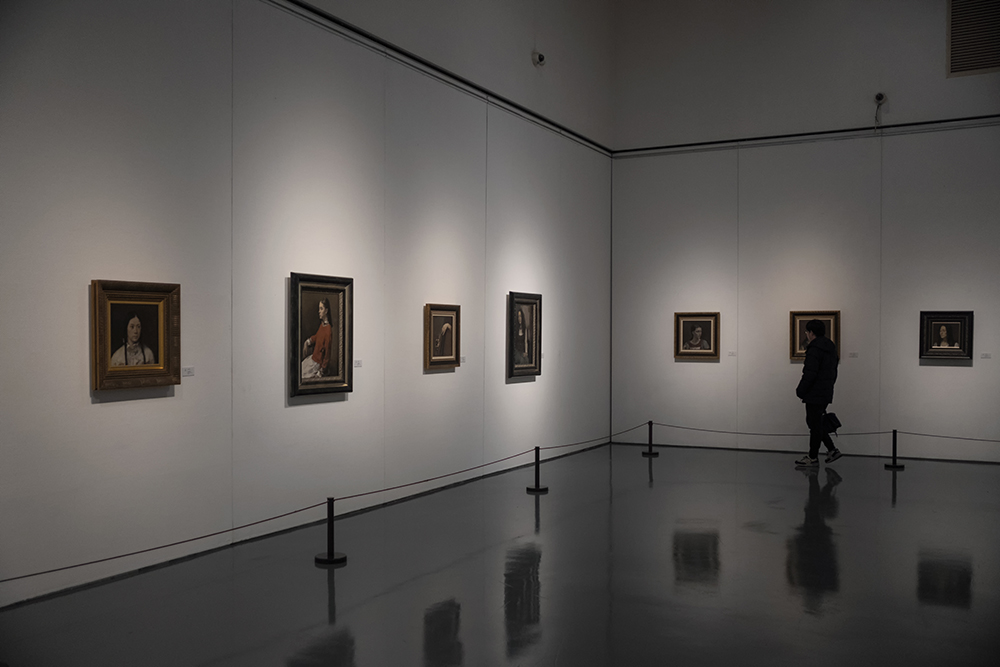
In psychology, lighting is studied for its effects on human perception, cognition, and behavior. Researchers have found that lighting can affect mood, attention, and performance, as well as physiological factors such as heart rate and cortisol levels. This knowledge is increasingly being applied in various fields, from healthcare design to workplace design, to create environments that support human well-being and productivity.
For example, in healthcare of psychotherapy room should have adjustable functions to meet different treatment needs and patient reactions, and the lighting design for a psychotherapy room should be based on the principles of comfort, softness, stability, and adjustability, in order to create a safe, warm, and comfortable treatment environment.
Therefore, lighting culture is a broad term that refers to the study and appreciation of lighting as an art form, a technology and a social phenomenon. Lighting culture explores how lighting can create different atmospheres, moods, emotions, and meanings in various contexts, such as architecture, urban design, art, entertainment, education and more.


